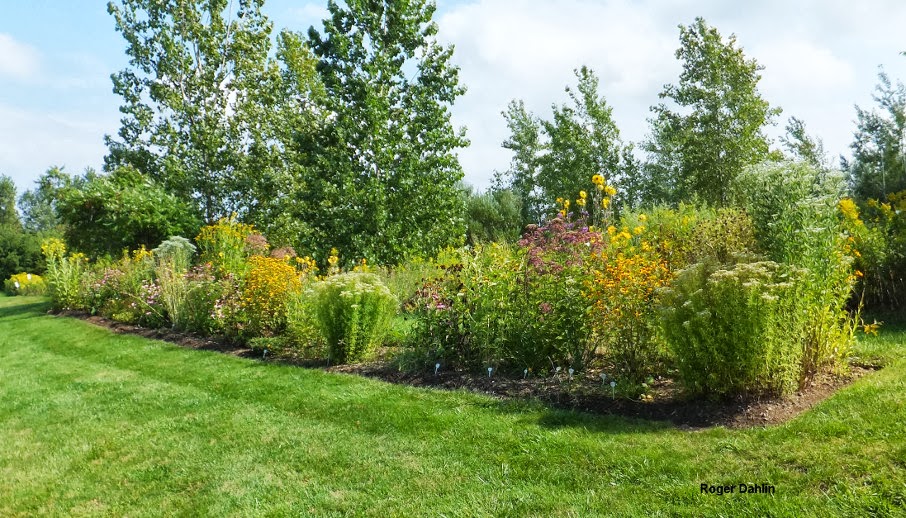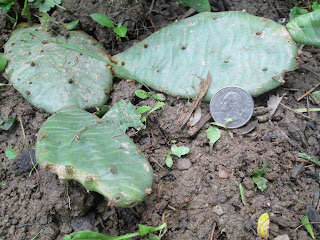 |
| NOG - September 2013 |
No Hoop-house? No Problem
Wintering over native perennial plants without a hoop-house or greenhouse is not as difficult as you might think. As a matter of fact experimenting with different techniques that help ensure their survival is fun and rewarding.
Native plants typically flower their second or in the case of some stubborn ones like Jack-in-the Pulpit their third season. Introducing market customers to the benefits of gardening with native plants is self-explanatory, if I allow flowering species like: Cardinal Flower, Prairie Phlox and Butterfly Weed to do the "talking".
I use three different methods to help our native plants ride safely through Cleveland Ohio's unpredictable winters: recycled windows, double-layered nursery pots and a compost/soil mixture.


















